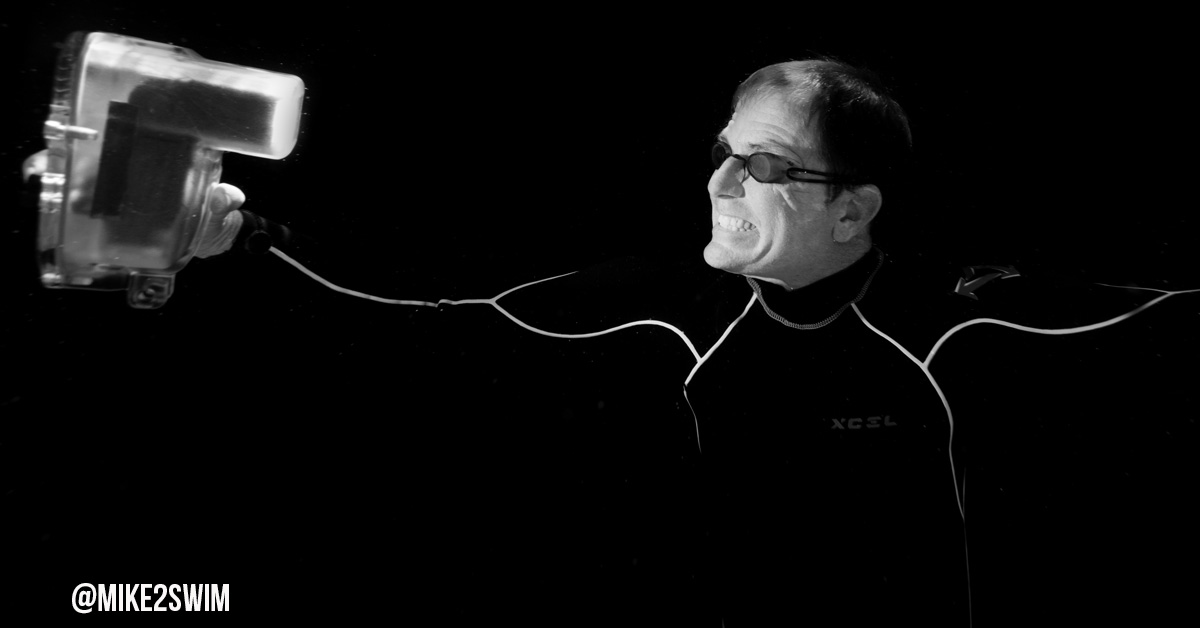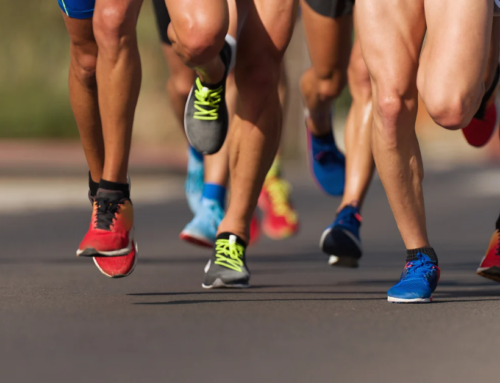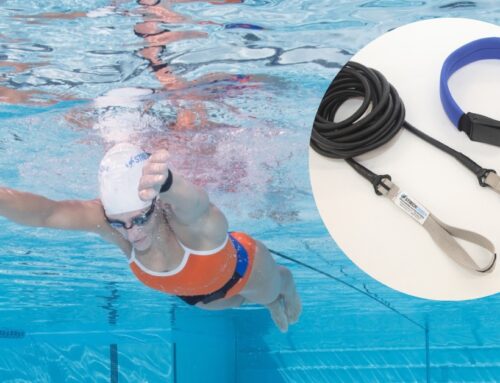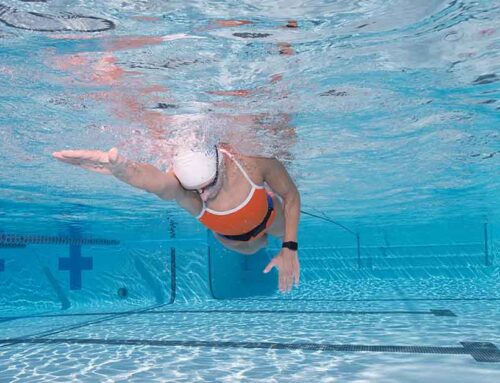Today we had the chance to sit down with Mike Lewis, an incredibly talented swimmer and photographer who has turned his love for the sport of swimming into a worthwhile and challenging career.
It’s always so rewarding to talk with athletes who are living their passion thanks to a lifetime commitment to a sport such as swimming. In this interview, we’ll dive into a bit of Mike’s background and talk about some of his time as both a competitive swimmer and a professional swim photographer.
Can you give us a bit of information about your background?
I have been swimming since I was 8-10 years old and being in the water has been in my genes for as long as I can remember. I grew up in age group swimming which then led me to swim at UC San Diego. I’ve done a lot of open water swimming including competitions in New Zealand and Australia. I feel that swimming is an activity that has been integral to my experience as a human, making up a part of my figurative DNA. I like to say that swimming makes a good day better and a bad day more manageable.
How was photography instrumental in your upbringing?
Photography has been a part of my life, even before swimming. I didn’t grow up in an artistic environment, but my uncle and grandfather were both interested in photography which helped to give me some early exposure to this craft. I remember taking a camera to swim meets and trying to get a cool swimming shot. The shot that I was typically after as a kid was the head-up butterfly shot. However, getting high-quality swimming shots was quite difficult with a basic point and click camera.
My photography interest blossomed as I grew older and I began to take classes in high school where I had access to a dark room. During my adolescent and early adult years, I was always taking pictures and photography had become a part of my background just like swimming.
In 2012 I had the opportunity to do a photoshoot with Anthony Irvin following the 2012 Olympics which generated a cover shot for a major magazine. When this happened, it sort of flipped a switch in my head that I can do this. This led to being the chief photographer for the Mission Viejo Nadadores and over time more commercial opportunities presented themselves. Ultimately in the spring of 2019, I signed a contract to be the official photographer for USA Swimming.
Why do you think swimming and photography have interested you for so long?
I think the trick to a solid swimming technique is to know when to pull and know when to glide. You have to be able to channel the water and use it to your advantage. A mistake novice swimmers make is to try to swim too hard. I try to use the same philosophy with photography in that I work to see the image, I don’t look for it. If I look for it, I feel like I’m forcing it.
Another parallel is that you have to put forth the effort. You can’t just show up at the race without putting in the work each day in practice. Photography sometimes causes you to go through creative ups and downs. It’s a balance that you ride between just getting out there and doing it every day. I keep a couple of cameras with me that are always ready to shoot. I may just be taking pictures of mundane objects, but it’s keeping those creative juices flowing that helps me when I am taking swimming photos at a big meet or event.
What does your swim training look like today?
I currently am in the water 5-6 times a week. This helps me to maintain my sanity and as I like to say, make a good day better. I currently train with a master’s group several times each week and also work out on my own.
Do you currently use NZ Manufacturing products?
Yes, I use NZ Manufacturing products in my current swim training and also during my time as a coach earlier in my career. I have used and continue to use the safety cord short belt to get hyper race speed and keep the biomechanics working properly in practice scenarios. I’m grateful during the current pandemic to be able to use the stationary swim trainer to train in a 30-foot pool. I live in San Diego where the beaches are open, but the water is still cold and so it’s better for me to workout in a pool.
In addition to the in-water training devices, I also use the StretchCordz® dryland resistance training equipment as a part of my current home training. I can easily set them up on my patio and even throw them in a bag for when I’m traveling.
Why have you continued to use NZ Manufacturing products for so long?
The team at NZ has done such a good job that they really don’t have a lot of competitors in the market. Their products are durable, reliable and safe, all of which are immensely important for competitive swim training.
Interested in learning more about Mike Lewis?
We’re so thankful for the time we had to interview Mike Lewis to learn more about his extremely interesting swimming and photography career. If you’re interested in learning more about Mike Lewis, feel free to follow him on one of the following platforms:
Website: mike2swim.com
Instagram: @mike2swim
Twitter: @mike2swim
Facebook: @mike2swim





